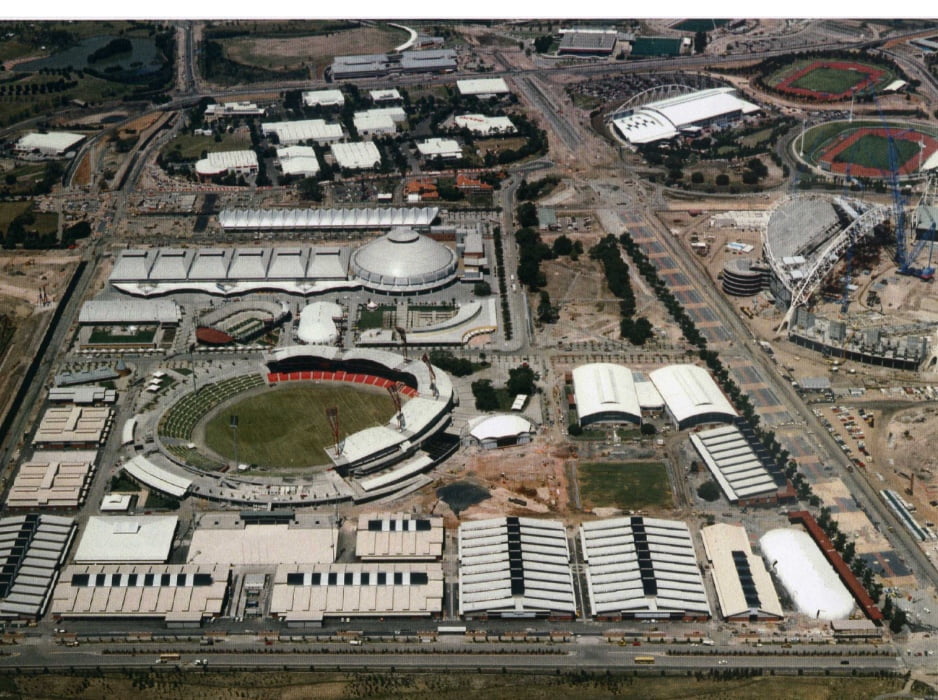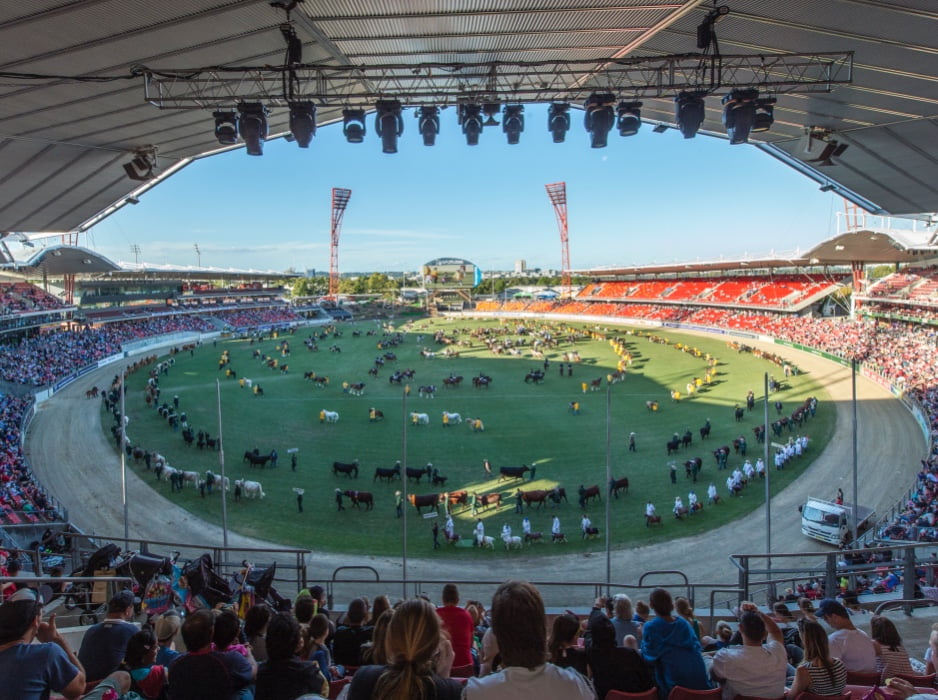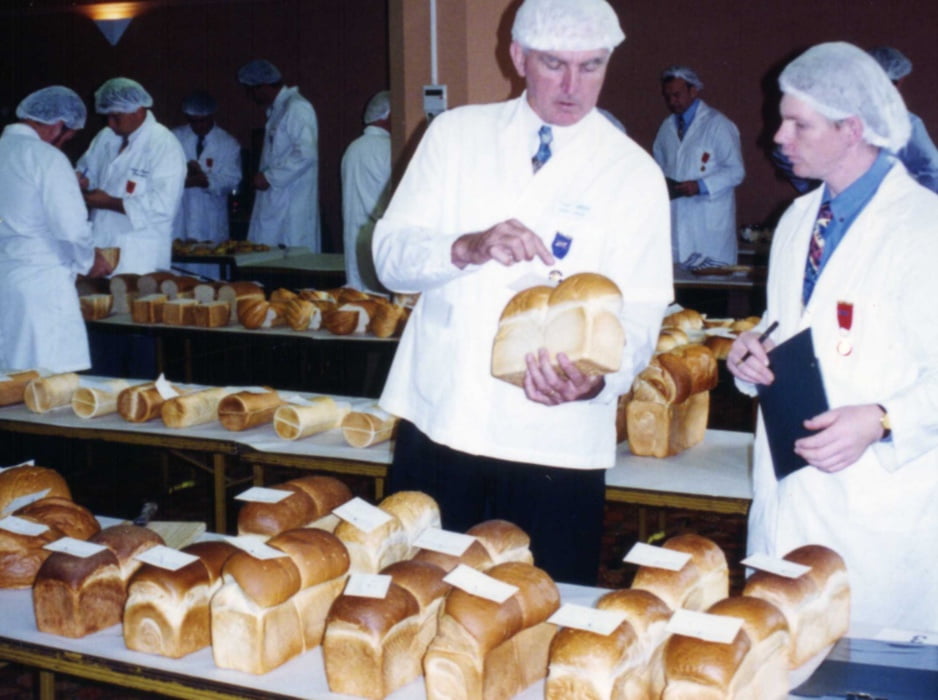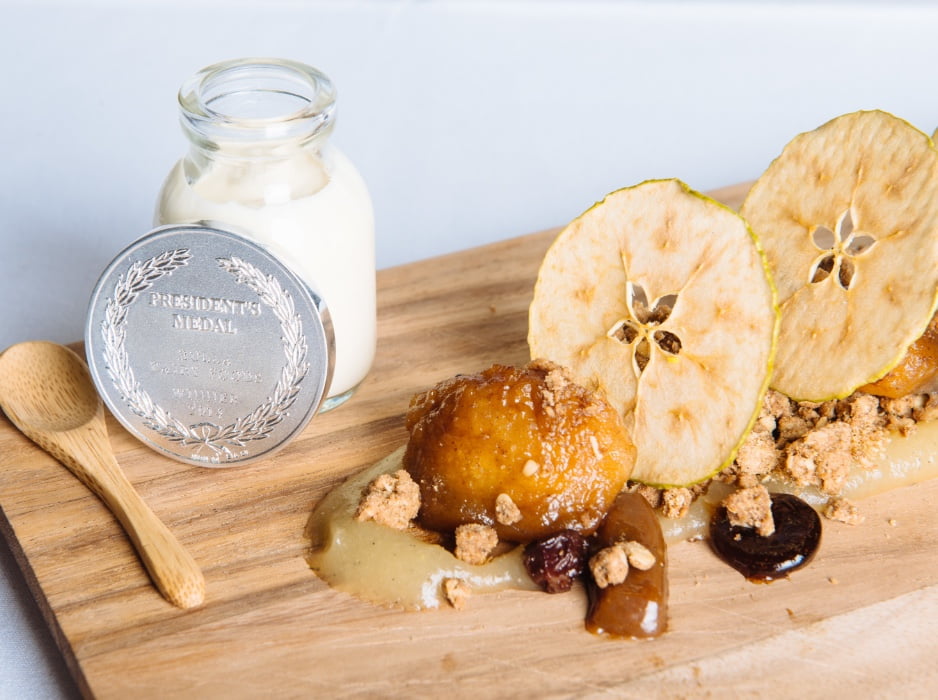1998 - Sydney Olympic Park
1998 - Sydney Olympic Park
For many, leaving Moore Park was a wrench, but the chance to build
a state-of-the-art showground at Sydney Olympic Park and set the RAS
up for the next hundred years could not be missed.
Our History

1998
If we build it, they will come


Food, glorious food

The President's Medal
"[The Showground] plan is… a reflection of the Royal Easter Show itself. On the one hand, it is an event for families, for friendly outings and entertainment, providing spaces which invite people to sit down, eat and watch the passing parade. On the other, it is a serious affair, where competitors do business, and where animals and machinery must be safely brought in, looked after and displayed. The main Showground arenas and buildings are highly functional, ensuring easy access and effective maintenance."
- Moving the Showground Home: a commemorative look at the building of Sydney Showground
2020
Twenty-first century challenge
Nationwide, all show societies were dramatically affected in 2020 when the international COVID-19 pandemic forced the closure of public events. Cancellation of the Sydney Royal Easter Show was announced just three weeks before it was due to open.
Almost exactly one hundred years earlier, the Show was similarly affected by an outbreak of Spanish influenza. On that occasion buildings at the Moore Park Showground were turned into a temporary hospital. While the RAS was poised to help in a similar way again, control of the virus meant the NSW Government’s emergency plans did not need to be activated.
While health concerns remained and the economic effects on country people, agribusiness and the RAS itself were still playing out, it was difficult to know if a 2021 Show could be mounted – especially after a year of fire, drought and floods. But the decision was made to try and, with health measures in place, tickets went on sale.
While exhibitor numbers were down and some of the trimmings were missing, a run of fine weather saw the Show-hungry public come out in force. At the first major challenge of the twenty-first century – and one of the toughest in its history – the RAS had come through.
In 2022 the Royal Agricultural Society of New South Wales celebrated its 200th anniversary.